
Millennium Stone Voices: Tibetan Stone Carving Culture
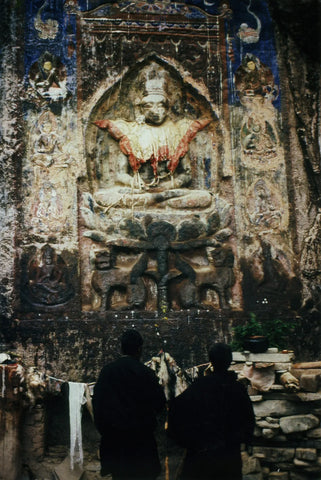
Located in Ren Damo Cliff Inscriptions in Chaya County, Chamdo
Built around 804 AD, with the names of many Han and Tibetan craftsmen carved on it
Photographed by Elisabeth Benard in 1983
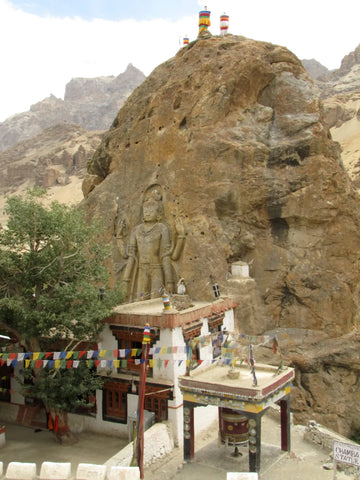
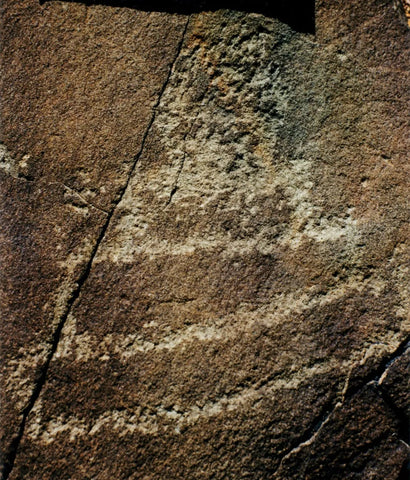
Early historical period (between the 1st and 7th centuries AD)
Photographed by archaeologist John V. Bellezza
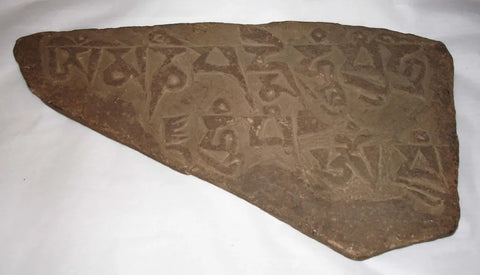
Collected by the British Museum in the late 19th century.
If you see a stone inscribed with the six-syllable mantra,
Then offer flowers to it
Excerpt from "The Method of Offering Flowers"
Written by the Third Dodrupchen Rinpoche, Jigme Tenpai Nyima
(རྡོ་གྲུབ་ཆེན་འཇིགས་མེད་བསྟན་པའི་ཉི་མ་;1865-1926)
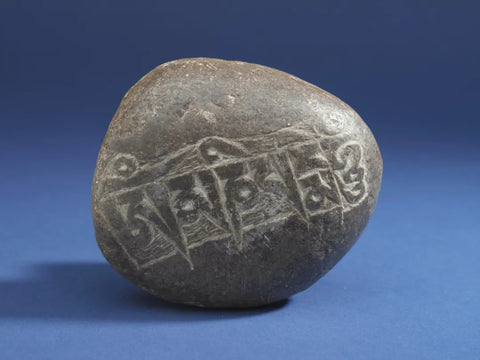
Late 19th century, Kham region
Royal Ontario Museum collection
A woman asked him, "Why do you do this?"
The venerable replied, "To purify the karma of my parents."
The woman asked again, "But your parents are still alive?"
The venerable answered, "It is because there are many beings whose parents have passed away or not yet. I carve the stones to purify the karma of all sentient beings."
The mantra carved by the venerable can still be seen in his hometown to this day.
Excerpt from "The Biography of the Venerable Root Guru Jetsun Zhu Bad
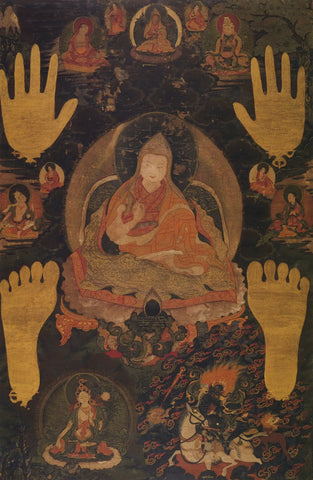
Mid-18th century, private collection
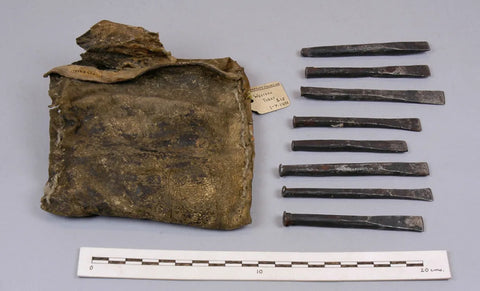
Early 20th century, possibly from Dozong or Dzepur (stone chiselling tools)
Oxford Pitt Rivers Museum Collection
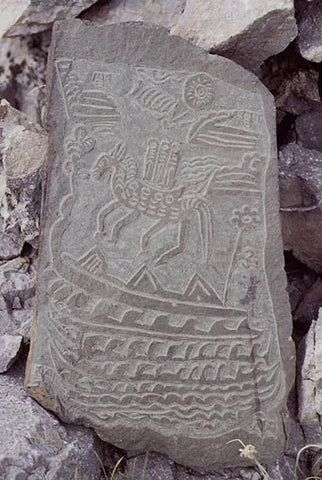
The top part depicts the four mythical creatures related to the traditional 'Wind Horse'
The bottom part shows scenes of abundant harvest and mountain-lake landscapes
The exact time of carving of this Mani stone is still debated
Photographed by archaeologist John V. Bellezza
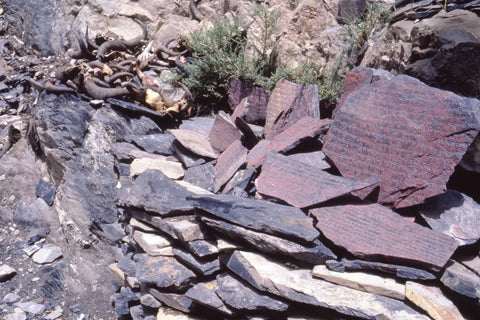
Photographed by Schuyler Jones in 1986
Collection of St. Antony's College, University of Oxford
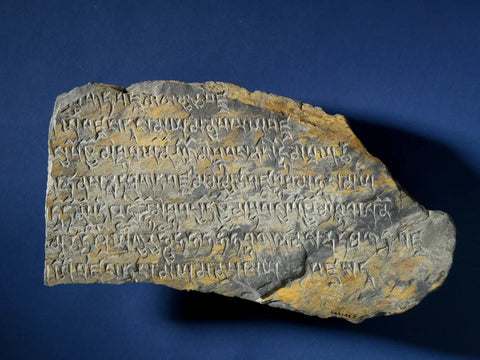
Mid-19th Century, Amdo Region
Collection of the Royal Ontario Museum
Hard as a rock, people see it as enduring as the heavens and the earth
Transforming like a stone, the souls of gods, humans,
Faith like a stone, virtues and wisdom are often compared to it
Tibet bears the image of primitive stone carvings with large knives and axes
Hunting, farming, sacrifices, and entertainment
Simple strokes can depict the worldview of the primordial universe
Wei has stone steles erected by rulers and ministers
Emperor's faith, subjects' loyalty, and followers' determination
"Like the eternal Yongzhong (ten thousand characters) preserved for eternity"
Those famous figures and events from the dynasty are thus remembered by people.
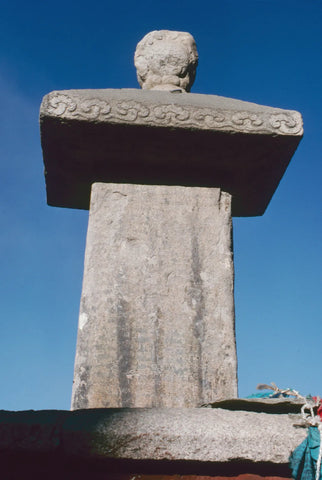
In front of Jokhang Temple, this stone stele was erected in the year 823
Captured by Mr. Michael Hans
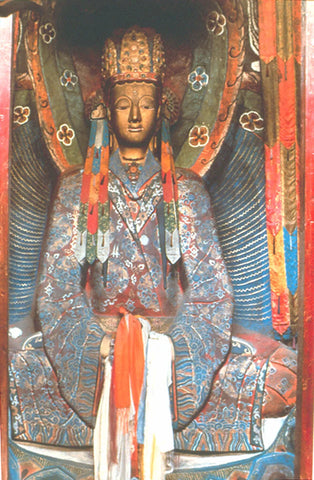
Photographed by Liu Lizhong"
Stone carving culture is supported by superb skills and sincere wishes.
Craftsmen sit cross-legged on the ground, holding hammers and chisels in their hands.
Gradually, the contours appear on the uneven stone blocks.
Pounding and chiseling, with a rhythmic pace, reciting mantras in their mouths.
Stone masons in classical times had four special consensus:
1. Although different sects, there should be no distinction in their work.
2. Different materials and techniques, but no derogatory comments on others.
3. Repentance and chanting scriptures for the killing caused by carving and stacking stone carvings.
4. Carving stones itself is a specific form of meditation practice.
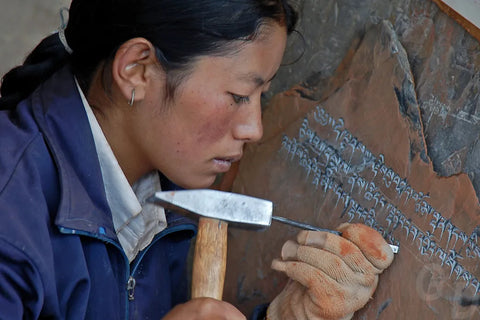
Taken at the Medicine King Mountain in Lhasa by Gunther Deichmann
There are numerous historical records of women participating in stone carving during the classical period.
"Although there is a chill in the air
With the skill of the gods
And the blessing of compassionate vows"
This proverb circulating among craftsmen in the Kang region states. It is important to note that Tibetan stone carving techniques are generally divided into four categories: standing stone carving, stone relief, block line carving, and architectural stonework.
There were also groups and guilds dominated by stone craftsmen, with classifications such as apprentice, general stonemason, advanced stonemason, and master stonemason, reflecting common knowledge of the stone mason community.
Interestingly, in some existing artifacts and ruins, stonemasons also leave their unique marks to indicate their identity.
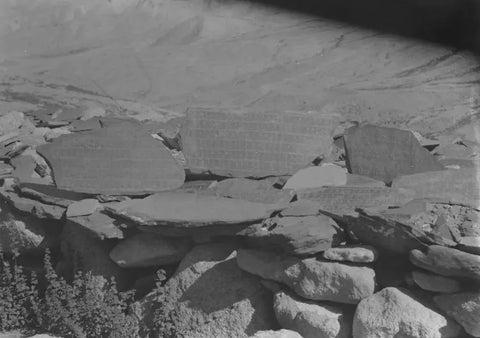
Photographed by Reginald Schomberg in 1983
Housed in the collection of St. Antony's College, University of Oxford.
Stone Language Cultural Museum
Stone Language Cultural Museum is located in the ancient village of La Sitong (ལྷ་སའི་ཐང་།) in Rab Township, Chengdu County, Yushu Prefecture, with a total area of approximately 430 square meters. The township of Rab Township preserves the oldest Mugang Bonpo stone pile in the area, and the saying "The girls in the Maoni River Basin, without the beautiful stone implements of Rab" is still circulating.
The museum is mainly dedicated to creating the first Tibetan stone language cultural museum in China, focusing on preserving and displaying the local stone cultural art, and promoting communication and dialogue with stone cultures from around the world in order to enhance cultural tourism highlights.

Architect: Junmeizaxi from Tsinghua Tongheng Cultural Heritage Conservation Research Lab
Construction team: Teacher Luosong Zongzhi

